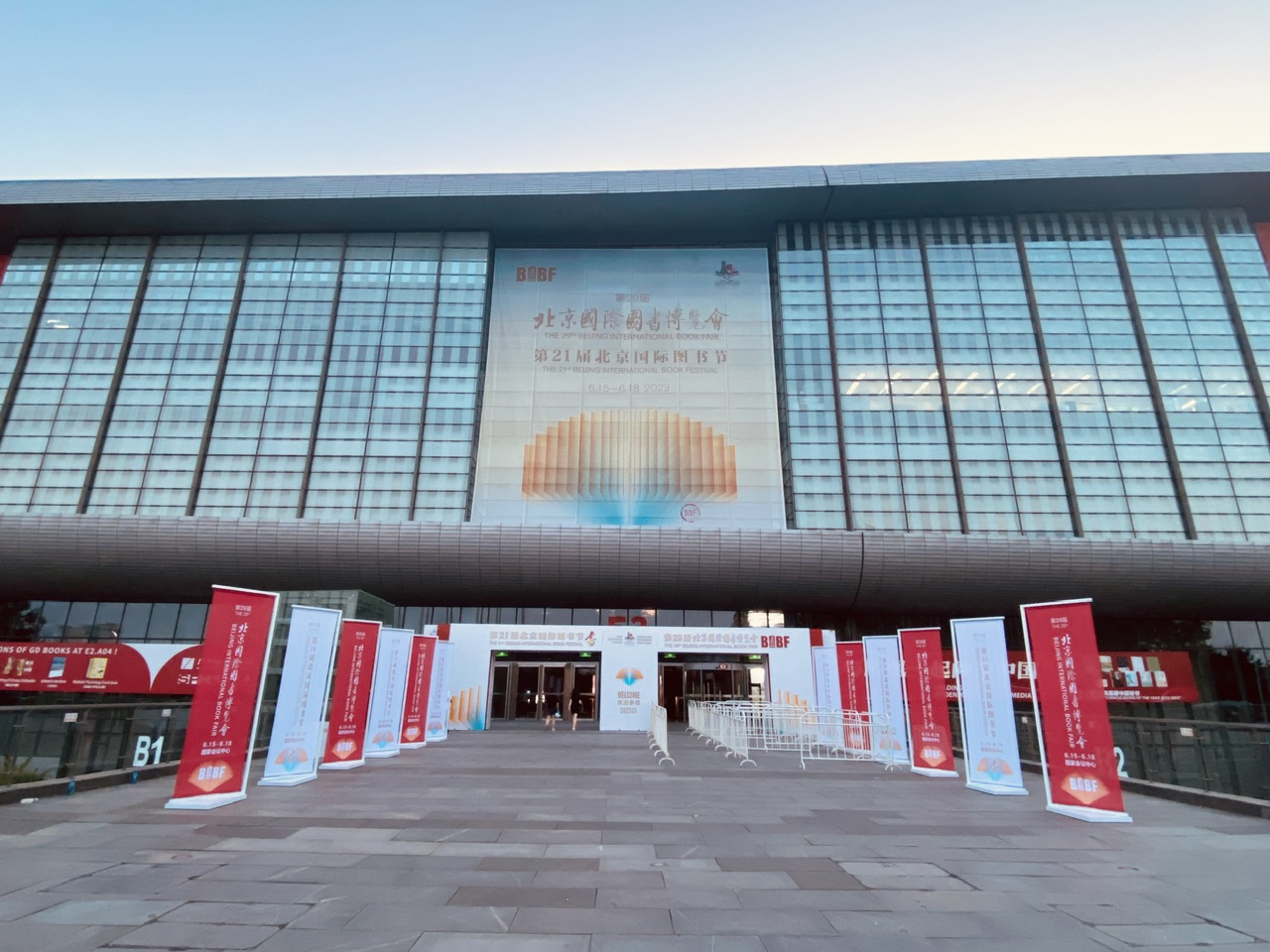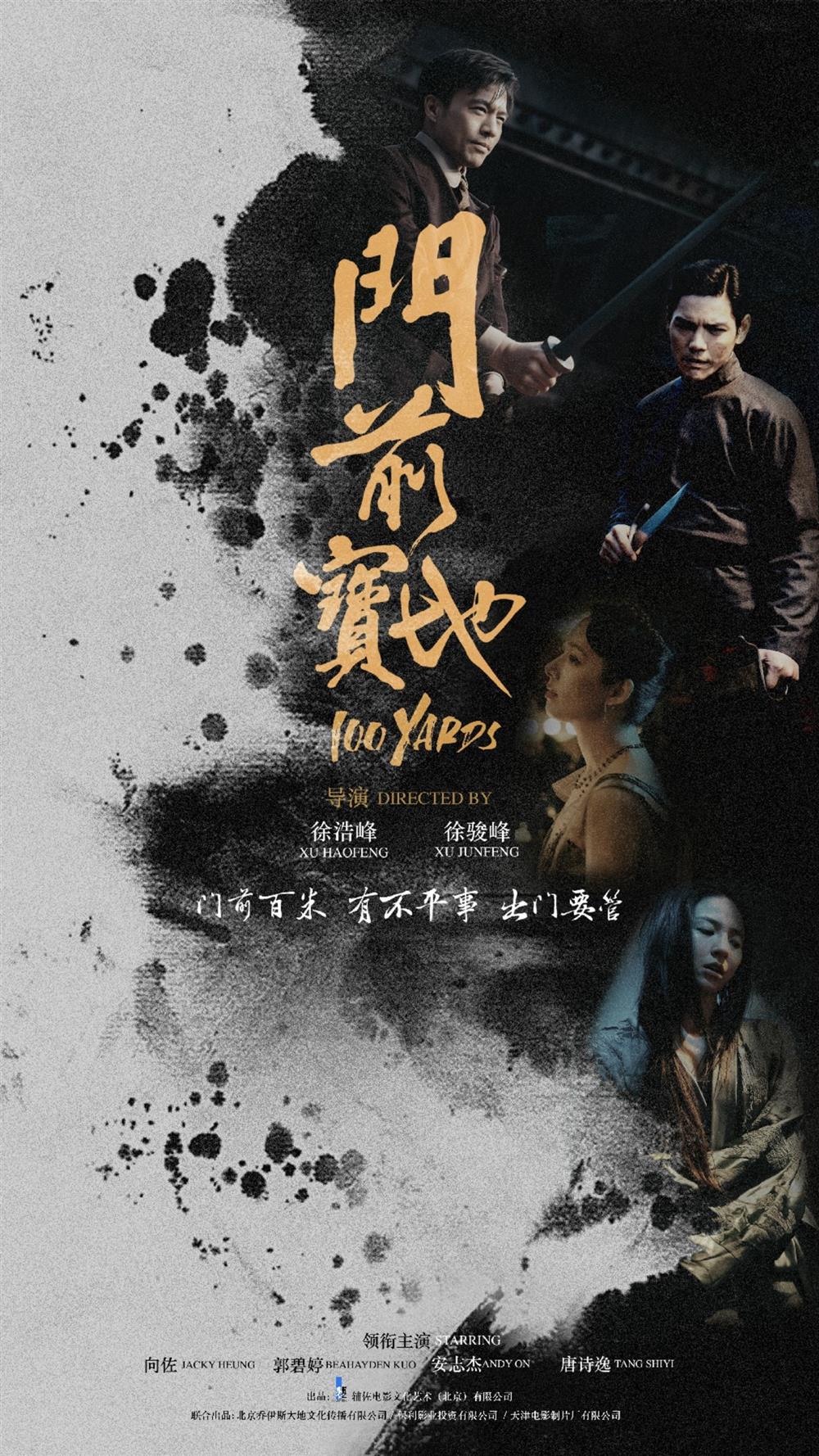The British female academic who may be the most knowledgeable about Chinese food has written another mouth-watering book about everything that can be eaten.
"What exactly is Chinese food?" "How should we eat Chinese food? How to appreciate Chinese food?" Best-selling food writer Fuxia Dunlop regards these questions as her "life mission". During her thirty-year adventure in Chinese food, After the trip, he gave his own answer.
Fuxia, who graduated from Cambridge University, is regarded as an "academic master" by the world. Thirty years ago, this British "academic master" came to Sichuan University for exchange studies and fell in love with Sichuan cuisine. Later, he spent three months learning professional cooking skills at the Sichuan Culinary College. In addition to eating and cooking Chinese food, Fuxia has also written many books about Chinese food and won four James Beard Culinary Writing Awards, known as the "Oscars of the food industry."
Fuxia’s passion for Chinese food has not diminished since she came into contact with Sichuan cuisine in the 1990s. "My interest in Chinese food is endless. I feel that I will never be able to finish learning it in one lifetime, not even three lifetimes." Fu Xia said this in Shanghai when her last work "Taste of Things" was published.
Now, the new work "Jun Xing Shi: A Chinese Food Feast Throughout Ancient and Modern Times" is released. Different from Fu Xia's previous two "Translation Documentary" series "Shark's Fin and Sichuan Pepper" and "Looking for Things", this book "Jun Xing Shi" follows Fu Xia's humorous writing style and also contains a lot of academic research and humanistic thinking. As the documentary director Chen Xiaoqing mentioned in his recommendation, "Find a global reference and modern interpretation of traditional Chinese cooking wisdom, with a broad vision and profound research."
"Jun Xing Shi: A Chinese Food Feast Throughout Ancient and Modern Times"
Each chapter of "Jun Xing Shi" examines a classic dish, from Mapo tofu to Dongpo pork, from shrimp roe and pomelo peel to shaved noodles. Fuxia starts from specific ingredients or cooking methods, using keen observers and passionate The "outsider" identity traces the historical changes, regional differences and development of Chinese cuisine.
The term "You are lucky to eat" comes from the lacquer plate with raccoon and tortoise pattern unearthed from the Han Tomb No. 1 in Mawangdui, Changsha. The inscription "You are lucky to eat" is written in the gap between the cloud patterns on the food plate, which means to advise you to eat, "Eat well and drink well." "the meaning of. Fuxia chose these three words on the title page of the original English version. One of them perfectly fits the title of the book, Invitation to a Banquet, and the other shows her admiration for China's long-standing food culture.
The term "Jun Xingshi" comes from the lacquer plate with raccoon and turtle patterns unearthed from the No. 1 Han Tomb in Mawangdui, Changsha.
Over the years, Fuxia has tasted delicious food all over the world, communicated with local ingredients merchants, chefs and gourmets, and experienced the unique charm of Chinese food in classics and restaurants. "Sweet Food" brings together Fuxia's 30 years of Chinese food experience and field research. The first chapter, "Preface to the Banquet," starts with the must-have dish "Sweet and Sour Pork Balls" from a British Chinese takeout restaurant that she was most familiar with as a child. Chinese food has a long-standing relationship and Westerners have deep-rooted prejudices against Chinese food. The last chapter ends with the popular chop suey in the United States, emphasizing that Chinese food is popular around the world but also in a contradictory situation that is not understood. It calls on people to pay attention to the Chinese flavor that "connects the past and the future" and praises "the craftsmanship of Chinese food." , concepts, fun, wisdom and ingenuity, and attention to health are all worthy of being regarded as treasures of global culture and civilization." The twenty-eight chapters of the main text are divided into four parts: "stove fire", "heaven and earth", "cook" and "dining table". Twenty-eight dishes are presented one after another, just like "a Chinese feast that runs through ancient and modern times."
The first part, "Zohuo Huo", focuses on the origin of Chinese food and explores the foundation of cooking philosophy. Fuxia started with "honey barbecued pork" and introduced that as early as ancient times, the Chinese believed that cooking was the dividing line between civilization and barbarism, and were good at using fire to process raw food; through "white rice", they emphasized the importance of grains to the Chinese people Sex, quoting "Qi Min Yao Shu" and other classics to describe the development of farming civilization; extending from the "soup" of Hangzhou's special delicacy "Songsao Fish Soup" to ancient sacrificial culture and governance, showing that "harmony" is the core of Chinese food; "Bitter melon and pork ribs soup" is an analysis of the idea of "medicine and food come from the same source" that Fuxia always talks about. She has readily picked up pharmacopoeias such as "Huangdi Neijing" and "Compendium of Materia Medica".
The second part, "Heaven and Earth," introduces the selection of ingredients. Fuxia followed her friend Adai, the owner of the Hangzhou restaurant "Longjing Thatched Cottage" for fifteen years, to the fields and visited many food suppliers. In Adai's pastoral dream like "Peach Blossom Spring", Fu Xia explores the relationship between diet and environmental protection, showing China through dishes such as "Tubu Face", "Bear Paw Race", "Thoughts of Bass" and "Shrimp Roe Pomelo Peel". People explore the wisdom of the infinite possibilities of food ingredients, and at the same time reflect on how humans and nature can live in harmony. The selection of ingredients is closely related to taste. Fuxia even listed for readers a "short, weird and non-exhaustive Chinese vocabulary list about 'taste'", which includes "tender, crispy, chewy, soft and glutinous, mouth-watering". There are dozens of adjectives such as "instantly melted, fat but not greasy", etc. The pinyin combined with the corresponding English vocabulary can be said to be comprehensive.
The third part, "Chef", talks about the exquisite cooking techniques of Chinese food. The article "Potato Tofu" includes Chinese and English comparisons and brief descriptions of dozens of Chinese cooking terms such as "steaming, braising, stir-frying, stir-frying, stir-frying, and braising". explain. The objective evaluation of MSG in "Yipin Guo", the detailed analysis of flavor combinations in "Sweet and Sour Yellow River Carp", the presentation of wonderful knife skills in "Yu Sheng", and the discussion of noodles and noodles in "Sliced Noodles" and "Xiao Long Bao" The discussion of dim sum culture and Fuxia’s gastronomic fieldwork have traveled all over China. She graduated from Sichuan Culinary College and declared humorously and proudly in the book: "I learned to appreciate foods that would be thrown into the trash can by most European chefs and to see their culinary possibilities. Today, With the cooking skills from Chinese catering school at my side, as long as I work hard, I can probably cook even an old shoe deliciously.”
Fuxia studied at Sichuan Culinary College
The fourth part, "The Dinner Table," seems to invite readers to sit around and chat about food and the ideas behind it. "Stir-fried Eel" describes in detail Chinese characteristic imitation meat dishes and Eastern vegetarian traditions; "Spicy Chicken" describes the different characteristics of major Chinese cuisines, refuting the Western "blind man's approach" to Chinese food. She recalled that her first Sichuan cuisine cookbook could not be found by a publisher in London willing to publish it because the "topic was too narrow"; "Borscht" introduced Chinese food that was "foreign for Chinese use" and elaborated Human beings are good at learning from and improving food culture, and the history of appropriation is quite long. The so-called "pure" is actually rare; "Mother Cuisine" quotes many places from the "Book of Rites", highlighting the multiple meanings that the Chinese give to food, especially the emphasis on food. The human emotions such as love, friendship, memories, and longing that are maintained behind it are also evidenced by Qu Yuan's "Calling the Soul" to illustrate the sense of belonging that food brings to Chinese people.
"I grew up in Oxford, and my biggest pleasure since I was a child is eating. My mother is good at cooking. She is an English teacher who teaches foreign students. Foreign students often live in our house, so when I was a child, I ate better than the British at that time. Be more international and have rich food experience earlier. "Fuxia once recalled that a teacher in middle school asked her, what do you want to be when you grow up? She answered that she wanted to be a chef, but was ridiculed, "Because I was in such an environment, I went to college and studied English literature, but I was still cooking for friends and reading recipes. I wanted to learn a foreign language and cook I wanted to pursue a career related to food and travel, but I didn’t have any special plans until I arrived in China.”
In "Jun Xing Shi", Fu Xia describes Chinese food like this - "It is art, craftsmanship, and magic; it is the fish fillets falling like frost and snow under the chef's knife, the shredded meat dancing in the rising steam of the pot, the The expanded millet and rice grains in the steamer are the well-trained army of microorganisms in the sauce jar and wine jar, the transformation of various flavors in the small kitchen, and the seventy-two transformations of raw materials. From duck tongue to grapefruit peel, everything can be transformed. Food brings joy to people.” Chinese food is not only the earliest global diet in the true sense, but also "a great crystallization of human wisdom."




